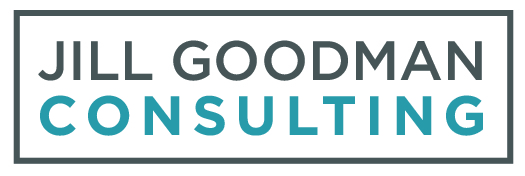The Unequal Business of Philanthropy
Years ago, as a new development director, I happily attended a back-to-school lunch at a nearby restaurant hosted by our Head of School for the faculty and staff. The mood was joyful, and I was seated at one end of a long table near some part-time faculty members that I didn’t know well but was eager to engage. They taught art, chorus, and outdoor education, all areas I thought differentiated the program.
Development efforts remained in the shadows for years at that school, and some teachers were unclear about my role. If given the opportunity, I thought I could shed light on the goals and planned changes for the development program, and encourage their involvement.
But there was no opportunity. After introductions and pleasantries, one teacher said, “I hate rich people. How can you suck up to them? They are so entitled. It’s surprising that the school hired you. It feels disingenuous to who we are.”
I was shocked and deeply concerned. How could I work to create a culture of philanthropy among parents and alums and invite prospective philanthropists to the school if that was the predominant sentiment among those who delivered the program? Was that the predominant sentiment? I didn’t know. So, I went on a listening tour, starting with the Head of School. I learned from that experience, and I recommend a listening tour to every leader new in their role.
It turned out that misinformation was the problem. With the help of the Head of School and Board Chair, we created a concise series of professional development to help the faculty and staff understand the school’s budget and how this work would allow the school to live its progressive mission of inclusivity and accessibility.
In my work with school leaders who are at an inflection point and must create capacity in the development office, sometimes there are roadblocks:
· Historically, the school did not identify current or prospective leadership donors, and there is fear and hesitancy in stratifying the community.
· The development office focuses on 100% participation in the annual fund, but 40% of families receive indexed tuition.
· No one at the school has experience with the cultivation, asking, or stewarding of leadership donors.
· Though the terms equity and equality generally refer to how we approach members of the community for needed services, we can also use them to describe how we approach donors.
At some schools, Board members, faculty, and staff want everyone in the community to be completely equal in the eyes and attention of the development office. In the same way, we strive for equity in our program delivery to students, as opposed to equality, the same is true of the development program. All community members should be invited to support the annual fund. Still, with schools offering indexed tuition to more families, it is insensitive to focus on 100% participation in development efforts. Some community members will receive much more time from the development staff, and with care, attention, and thoughtful relationship-building, some will advance your school in transformational ways.
For most independent schools, leaders cannot fulfill the mission without development funding. Tuition does not fully fund the budget nor does it bring visionary plans to fruition. If leaders want their schools to be equitable, inclusive, and creative places for learning, everyone at school must understand and embrace the unequal yet vital work of the development office.
With an intentional shift in focus in development efforts toward those with interest and capacity to advance your school, your school will be better positioned to fulfill an equitable mission of program delivery to students. Let’s talk about ways to make that shift at your school.
The author, Jill Goodman, is a consultant working with independent school leaders to advance their school’s mission, enhance their processes, and bolster their skills. Learn more about all services here.
Photo Credit: Julie Taubitz for Unsplash



